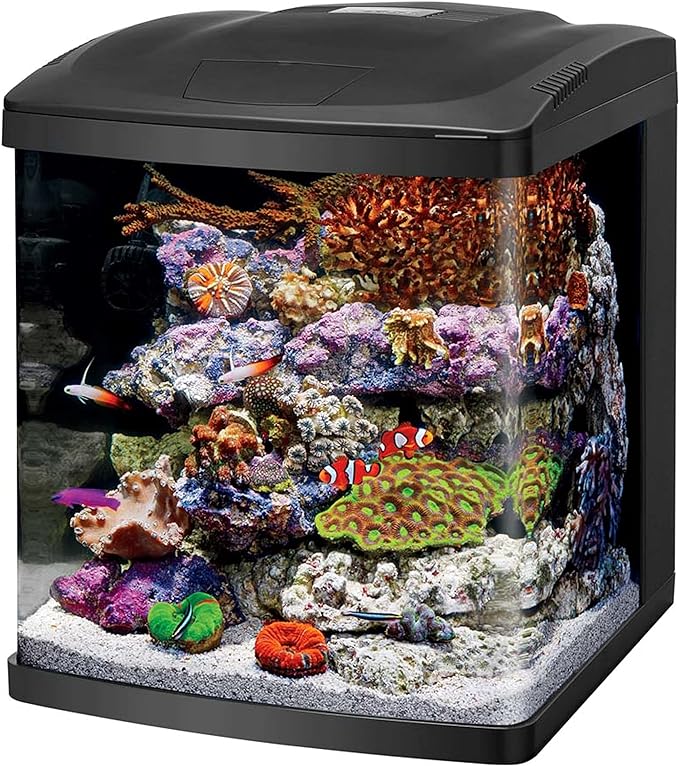 What Makes a Reef Tank a Nano Reef?
What Makes a Reef Tank a Nano Reef?
What is the difference between a nano tank and a full-size reef tank? What makes a nano tank nano? Is caring for a nano reef different from caring for a full-size reef aquarium? What are the advantages and disadvantages of a nano reef vs a larger reef aquarium? We have answers for you.
What is a nano reef?
Nano reef aquariums are small aquariums dedicated to recreating a coral reef environment with live corals and fish. Often size guidelines are given for nano aquariums. Typically, nano aquariums are described as 30-40 gallons or smaller. I think the best way to describe a nano tank is simply to say that a nano tank is a tank you can wrap your arms around. This captures the spirit of a nano tank better than a gallon limit.
Is caring for a nano reef tank different from caring for a full-sized reef tank?
There are some ways that caring for a nano tank is different from caring for a full-sized reef aquarium. It is best to address them one at a time.
Water Changes
Doing a 50% water change on a 20-gallon tank is far easier than on a 200-gallon tank. The cost of the saltwater and the work involved in doing a large water change on larger reef aquariums usually leads to less frequent and smaller (as a percentage of the water) water changes. The majority of the most beautiful nano reefs we have seen have a fairly rigorous water change schedule. It is common to see a 50% water change every other week. The advantage of a nano tank is that this 50% water change may only take 30 minutes and might only be 10 gallons of water.
Filtration
In large reef aquariums, the backbone of the tank filtration system is typically a protein skimmer. In nano reef aquariums it is common to have no protein skimmer. This is because the small nano skimmers simply do not perform as well as their full-sized counterparts, and doing water changes is very easy. The 30 minutes you spend cleaning and adjusting your skimmer each month may be better spent doing an additional water change if you have a nano tank.
Supplementation
If you have a tank full of fast-growing corals then you will need to supplement the tank with foundational elements such as calcium, alkalinity, and magnesium. This is true in nano tanks as well as in large aquariums. However, every time you perform a water change, you replace the element-depleted water in the aquarium with new saltwater containing all the necessary elements. Many nano reef aquariums will not need any element supplementation and others will need very little. Generally, there is far less of a need for aggressive supplementation with nano reefs when compared to full-sized reef aquariums.
Clean Up Crew
A clean-up crew made up of algae grazers and scavenging animals is one of the best ways to reduce maintenance and help keep your tank clean. Some of the best clean-up crew members are fish-like tangs and sand-sifting gobies. These fish can live a long time in captivity and do an excellent job of keeping your tank clean. Unfortunately, nano tanks are too small to keep the majority of cleaning fish. In nano tanks your clean-up crew will be mostly made up of snails and crabs. The downside to this is that most snails and crabs do not live very long in captivity and a lot are required for the same cleaning effect. In most nano tanks, once or twice a year you will need to add more clean-up crew members to the tank.
Stocking Options
There are many fish, such as Tangs, Angelfish, Triggerfish, Pufferfish, Lionfish, and Butterflyfish, that are too large to be kept long-term in a nano aquarium most are too large for nano aquariums. Conversely, there are many small fish and invertebrates that are very difficult to keep in a large aquarium because they are so small that they will either be eaten or sucked into the filtration and circulation pumps. Unique nano-sized animals include Sexy Shrimp, Small Gobies, Harlequin Shrimp, and Dwarf Seahorses.
Is keeping a Nano Reef harder than keeping a full-sized reef tank?
This is a question with some contention. In general, we believe that a nano aquarium is easier for a beginner to take care of. We say this because the ease of water changes means that nano aquarium keepers do not need to learn how to use a protein skimmer, run lots of water tests, or tune a calcium reactor. New aquarists can learn how to perform water changes quickly and easily and the water changes will do a lot of the work that equipment would do in a larger aquarium. The reason some people would disagree is that there is more manual labor involved in keeping a nano reef when compared to a large reef aquarium.
Additionally, it is easier to make mistakes in a nano aquarium. If you are feeding your fish and you accidentally dump the whole can of fish food into the tank, it's a much worse problem in a 20-gallon tank than a 200-gallon tank. The counter to this is that fixing the problem on a nano tank is much easier because you can quickly do a series of large water changes to fix just about any water quality problem where this would be impractical on a larger tank.
What are the advantages of a nano reef?
We believe that nano aquariums such as the
Coralife BioCube are a great choice for new reef aquarists because there are fewer things to learn. Nano reefs also let you showcase unique small animals that you cant easily keep or enjoy in a larger aquarium. We also like nano tanks because our number one recommendation for how to save money in the aquarium hobby is to choose a smaller tank. Generally, people will prefer a high-quality beautiful nano aquarium to a large aquarium that is falling apart. If you are considering doing a reef tank on a budget (and almost all of us have a budget), you may be happier with a nice nano aquarium rather than a larger tank where you have to cut corners and buy cheap equipment.
What are some of the disadvantages of nano reefs?
Nano aquariums will offer limited livestock options when compared to larger aquariums. They require more manual labor than larger aquariums, and they have a smaller margin for error when compared to larger aquariums. In most cases, nano aquariums are an excellent first aquarium for beginners, apartment dwellers, or as a second tank for experienced aquarists.
Jaron Hudson,
[email protected]







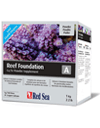



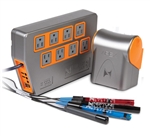



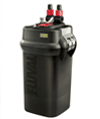

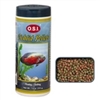





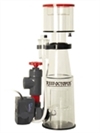




 What Makes a Reef Tank a Nano Reef?
What Makes a Reef Tank a Nano Reef?